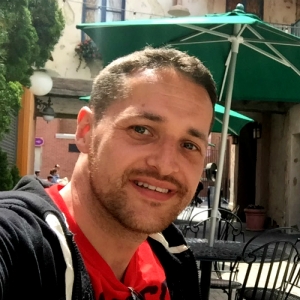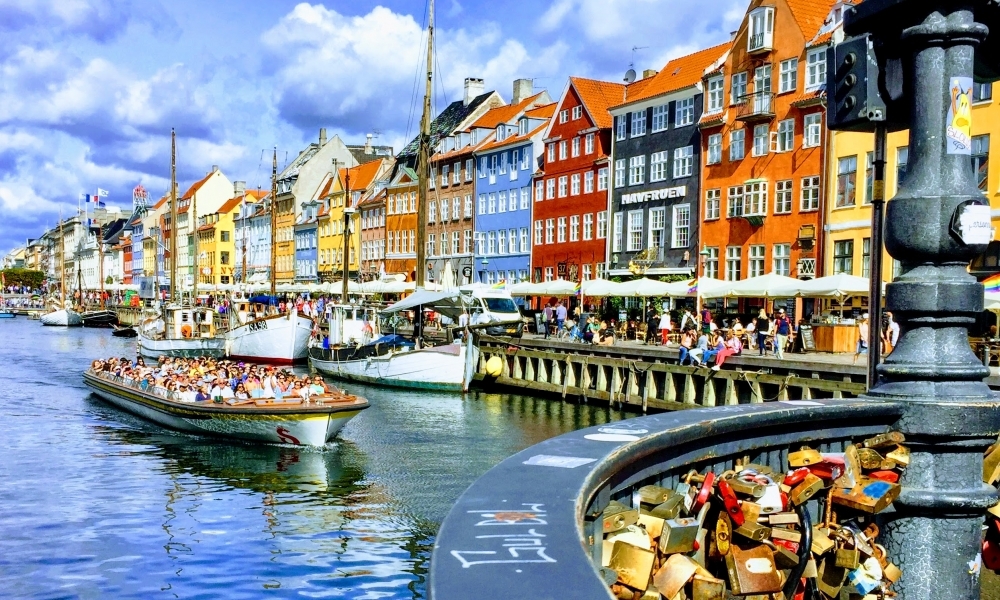
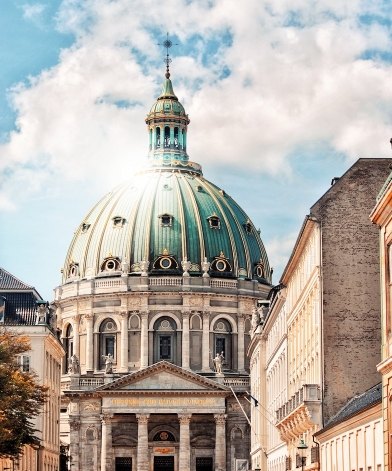
Photo credit Stuart Lewis and Sonia Kuniakina
The Scoop: Copenhagen
Denmark and its capital hold the dubious honour of being touted as the happiest places on the planet. A 3-night break is a perfect amount of time to get to grips with the city and work out whether you agree.
When to go? Pretty much any time from sunny, breezy spring through to hygge-inducing autumn and twinkly, tasteful Christmas. The largest crowds and the best festivals are in July and August, but this also brings the highest costs/rates. Temperatures rarely reach the mid-20s and so the city will range from feeling pleasant to chilly, to downright freezing!
I've just got back from my own 3-night trip to Copenhagen. Here's my Scoop:
Getting there
A very simple 1hr 45 flight and I'd landed in the Danish capital.
It was a delayed night flight and around 1am by the time I exited the plane. Being used to Scandinavian efficiency after my trip to Oslo earlier in the year, I found Copenhagen's main international airport (Kastrup) just as slick - with only hand luggage in tow, getting through immigration was pleasurably simple. I quickly located the Metro station within the airport, pleased to find that trains run regularly through the night. Tickets into the city centre are around £4 each (sounds much worse in Danish krone), bought from a machine on the platform. Trains into the city are every 15 minutes, and mine to Amagerbro took only 9 minutes. No time for tiredness to catch up with me, thankfully!
Where did I stay?
Being the thoroughly converted Airbnb-er that I am, I'd booked an apartment in the Amagerbro area, around a half hour walk from the "city centre proper". And it was all relatively straightforward: less than ten minutes' walk from the station was the apartment, with appropriately-placed bicycle against the wall, under which I'd find the keys to the main building and the apartment. Simple - but, jeez...how trusting are these Danes?!
As nice as the apartment and the area was, I walked into the city the next morning and realised it had been a bit of a mistake to book somewhere so far out. Half an hour isn't a lot when the view is interesting and you're feeling up to it, but the thought of walking that route more than once didn't particularly appeal. I'd recommend staying in a hotel or apartment that isn't more than 15-20 minutes away from somewhere like Nyhavn, unless you're willing to bike.
Join the Donkey revolution!
Probably the first thing to hit you - and sometimes literally - when you step foot on Danish soil will be the bikes! Renowned for being one of the cleanest and greenest countries/cities in the world, there are bicycles everywhere: docked at 'bike docking stations', leaning against walls, and sometimes seemingly abandoned on pavements. Bike routes and lanes wind around the entire city alongside the roads, and it's a big thing here! There are bicycle shops everywhere, and practically EVERY Dane seems to ride one. In fact, on that first morning's walk into the city I'm sure I received a few strange sideways glances for doing something so old-fashioned as walking. I must've seemed like SUCH a tourist!
It's fair to say that Danes aren't just bike enthusiasts, they're complete experts; and all of a sudden I was envious in a way I've never been envious about bikes before - I wanted one! Thankfully they're also fairly easy to hire - you just have to download an app for the bike hire company you're going to use - I used Donkey Republic as they seemed the most common and were bright orange and easy to spot in the city - then sign up, find your nearest available bike, and you're off. At about £15 each for 24 hours, it was money very well spent here. Joining the throng of cyclists and traversing the city became one of my highlights and really enabled me to see so much more than if I'd just walked or got public transport.
Not a cyclist?
I don't think it matters too much in Copenhagen. There are quite a few road rules (you quickly get the hang of them) and it seems daunting at first, but I found Danish cyclists to be very understanding and it's a bit like driving from the point of view that even if you make a couple of mistakes, no-one seems to notice or care for long. It's probably also one of the best places in the world to go for a cycle, with wide lanes and cyclists having the right of way. It was amazing to stop the bike at a red traffic light and then find that there were twenty or more of you setting off again when it had gone green!
What did I do & see?
Nyhavn: a must for any first-time tourist to the city, this is a waterfront, canal and entertainment area. The star attraction is the image you see on all the guidebooks: a long row of brightly-painted 17th/18th Century townhouses, bars, cafes and restaurants, with historical wooden ships floating on the canal to the front. It was undoubtedly very pretty, but by 11am it was rammed with tourists all vying for the perfect photos from the bridge and canalside. The cafes and restaurants were understandably also more expensive here than elsewhere in the city. I did enjoy a chocolate snegle (tasty Danish pastry) in Emmerys, just around the corner.
The Little Mermaid: not too far from Nyhavn and up past Amalienborg Palace (the Danish queen's residence, where you can watch the changing of the guard if you time it right), is the statue based on Danish author Hans Christian Andersen's fairy tale character which has watched over the harbour since 1913. Having read a few scathing reviews about it being unimpressive and an inexplicably huge draw for countless busloads of tourists, I wasn't expecting much. But it has inexorably become synonymous with the city, and I ended up being more impressed than I expected to be! The sight of hundreds of tourists clambering over the rocks to get the best possible shot for social media was something to behold in itself. The unassuming solemnity of the statue seemed to contrast starkly with what was going on around it, and you could almost imagine the Little Mermaid smirking at all the fuss. There's not much else to see here so once you've got a few good shots you won't stay long, but it's definitely worth walking a few hundred metres to see 'The Genetically Modified Little Mermaid'. Part of a few sculptures in 'The Genetically Modified Paradise', it was created as a provocative and humorous view of postmodern society.
Tivoli Gardens: an amusement park and pleasure garden, opened in August 1843 - it's the second-oldest amusement park in the world and fifth most-visited in Europe. Apparently it was Walt Disney's original inspiration for Disneyland. It's beautifully designed/created and clean, but I found it extortionately priced. You have to pay to get in (around £15 if you're 8 years old or over), and then again to go on every ride - and some rides require up to 3 tickets (one ticket is about £3.60) - depending on how popular/exciting each ride is. You can pay for an unlimited ride ticket (about £28 each), but you still need to pay the initial entrance fee on top. So for two of us buying unlimited ride tickets, it would've cost about £86! Some of the rides looked ok, but still not as impressive as Disney or some of the UK theme parks, and you wouldn't want to keep going on them. So we ended up going on one ride and paying nearly £26 each for the privilege (and it didn't last very long either!) I'm sure if you have children and can afford it, the experience is an utterly charming one - and the place is obviously steeped in history and culture. But having been on one ride, seen part of a parade and wandered around the expensive gift shops and restaurants not wanting to part with yet more money, we were quite relieved to leave after just over an hour.
Freetown Christiania: in the Christianshavn area of Copenhagen is this world-famous commune and "intentional community", most commonly known as Christiania. Covering 34 hectares, it has roughly 900 residents, its own flag and, like the whole of Christianshavn, seems to better resemble Amsterdam with its liberal attitude, canals and outdoor cafe culture. The commune is within easy walking distance of Christianshavn Metro and very simple to get to on a bike from the city centre. I found Christiania to be probably the best bit of my time in Copenhagen. It feels like walking into a kind of haven which has shunned the sleek, stylish and designed-for-purpose ideals of the rest of the city. Being separate from the Danish government, relations have always been strained - something which has been exacerbated by the prevalent cannabis trade going on there. It's the first time in my life that I've seen cannabis being sold so obviously and openly by sellers who were actually standing behind little stalls, and it's hard not to be intrigued. But this only takes place in one part of Christiania, and it was interesting to note how safe the place feels in general - and perhaps even more friendly than the rest of Copenhagen. There's a stage area with some bars and not badly priced beer (for Denmark), and the whole area is great for a stroll and for feeling like you've entered a slightly different world. The most enjoyable meal of my trip was had here too...in a tiny organic vegetarian restaurant called Morgenstedet. It's homemade, (more) affordable, plentiful and quaint - and its existed for 20 years through its voluntary workforce - and gets some fabulous reviews online too. I was impressed! NB: you can take photos in Christiania, but not in the cannabis-selling area - I saw the sellers become quite annoyed when they thought a tourist was attempting to photograph them.
The Round Tower: with a late flight home I decided to check out more of the Nørreport area on my last day, and I encountered this impressive building. It's a 17th Century tower, one of many architectural projects of King Christian IV of Denmark, and originally built as an astronomical observatory. It has an attached chapel and library and "a 7.5-turn helical corridor leading to the top" (a slope which winds up and up). From the top there are far-reaching views over the city. At about £6 each to get in I thought it was money well spent. The sloping, twisting ascent was novel and there were enough historical references and stories to keep my interest (like the choirboy who fell down the hole in the centre of the building and had to be cut out).
Food
I've mentioned a few eateries already, but it's worth pointing out that the Danes take their food very seriously. A traditional dish is the smørrebrød, an open-face sandwich consisting of a slice of rye bread, fish or meat, vegetables, and sauce on top, which I saw in loads of places. And there's fish everywhere in Copenhagen - pickled herring, prawns, salmon; the Danes certainly aren't renowned for being big vegetarians (although I found something non-meaty on most menus). Torvehallerne food market in Nørreport is a real smorgasbord of edible delights for the senses and well worth a visit.
But my favourite food experience (Christiania aside) was in a place called Oscar Bar & Cafe: a relaxed vibe, heated street seating to watch the world go by, and a deceptive menu which gave little indication of the nicely sized portions of tasty food that would come.
How did I cope-in-hagen?
The first day, and walking everywhere, I didn't think much of Copenhagen. Everything seemed quite flat and modern, and fairly sterile - and I felt there was a limited amount to see and do. But on the second day, getting around by bike, with the breeze in my hair and being able to hop off and park up whenever I wanted to, I really started to understand and enjoy the city more. Like many places, the main tourist attractions don't take that long to see, and the fun comes when you start to head off the beaten track and explore other places on your own.
Once I got over how expensive everything is, it definitely became a "grower" of a city. And I love the feeling of hygge that the Danes create with ease (mood of coziness and comfortable conviviality with feelings of wellness and contentment). After years of experience with the winter coldness, they've learned how to cope, and cope well.
Any surprises?
Strangely, and I'm now not sure why, I'd expected everyone in Denmark to speak English almost as a first option. Most Copenhageners are multilingual and can switch between languages with ease, but they will usually speak in Danish first. For some reason I found this striking.
I'd expected the tourist areas to seem somehow different. Nyhavn is pretty but I'd imagined it to be lining a full lake or harbour rather than a canal, as that's how it seems to be presented in the guidebooks. And I thought I'd spend an afternoon exploring it, but quickly realised it doesn't consist of much more than pretty photo opportunities and expensive cafes.
As ever, I was surprised by the Scandinavian simplicity of everything. Most things, including the 'frills', seem to be well-designed and contain a common-sense thinking that seems to add a simplicity to 'living' and getting around.
I'm not sure that I witnessed enough to suggest that Copenhagen is the happiest city in the world, but perhaps I needed to spend longer in the city - it definitely has a certain charm which was growing on me by the day.
General info:
Where is Denmark? Northern Europe. It consists of the Jutland peninsula and several islands in the Baltic sea, referred to as the Danish Archipelago. Copenhagen is situated in the east of the country, on the coastal islands of Zealand and Amager. It’s linked to Malmo in southern Sweden by the Öresund Bridge.
Languages: Danish, but English is widely spoken as a second language.
Currency: Danish Krone (8.3 DKK to £1 GBP - Aug 2018).
Similar blog posts
From the UK's most popular travel bloggers
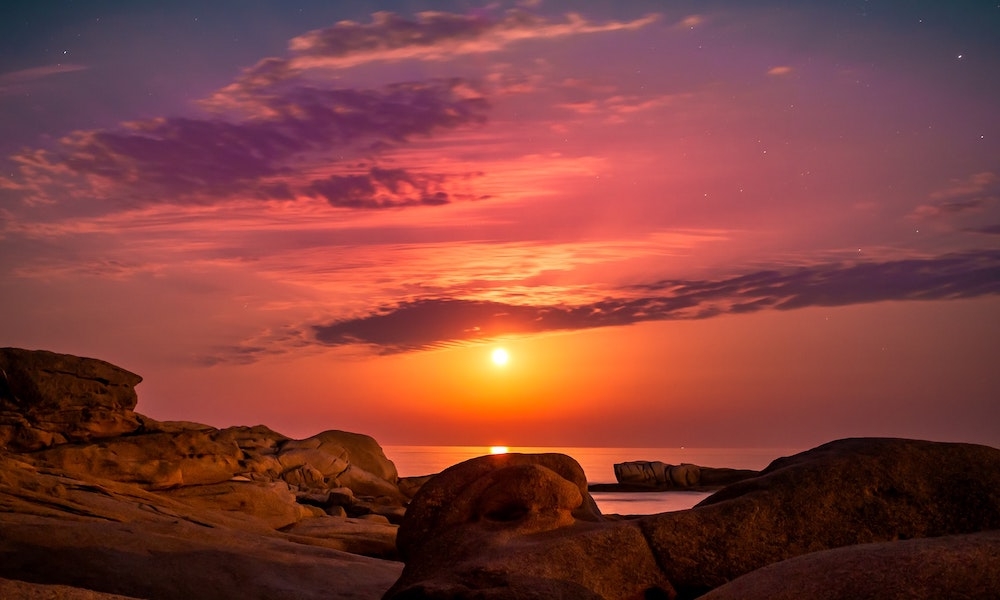
The Scoop: Costa Brava
28th June 2023 by Andy
Catalonia’s favourite playground, the Costa Brava, is justifiably at the top of the list for UK holiday-makers. The region combines quaint fishing villages, spectacular landscapes, unspoiled coves, sunny beaches and trendy clubs to create an ideal getaway destination.If you can tear yourself away from the ocean for a touch of culture and history, the countryside offers stone villages, monasteries, medieval towns and the famous Dali Theatre Museum. The only problem with the Costa Brava is,...
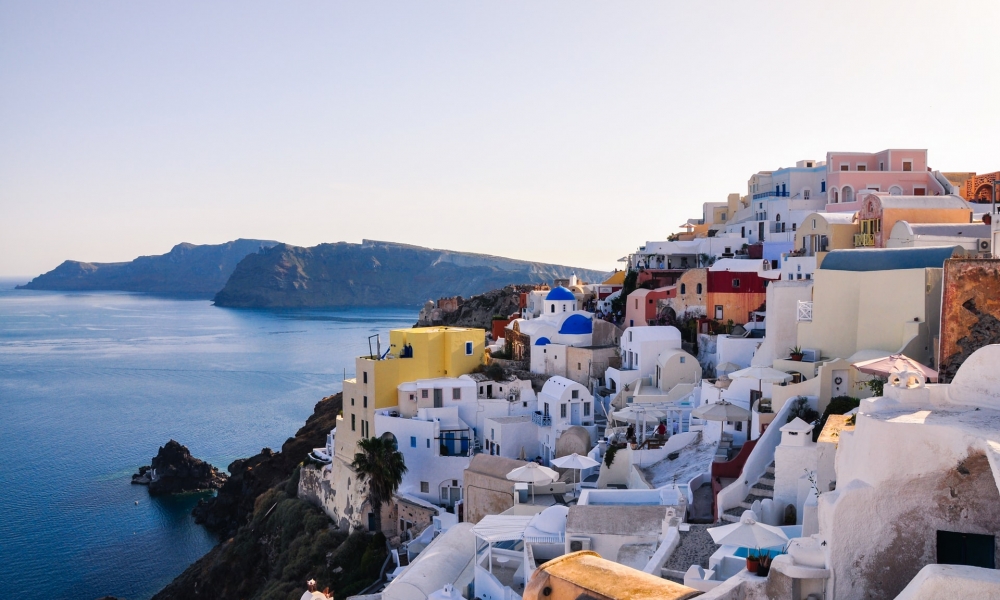
The Scoop: Mykonos
28th June 2023 by Andy
Just saying Mykonos out loud is enough to put you in a party frame of mind. The glamourous Greek island, sometimes described as the Ibiza of Greece, is famous for glorious Cyclades beaches, picturesque villages and a pumping night scene. It’s not all about fun in the sun though, so if you choose to leave the sand for an afternoon’s exploration, you’ll find plenty of historical sites and vibrant traditions to explore.What to doFirst things first when you arrive in Mykonos; taking your pick...
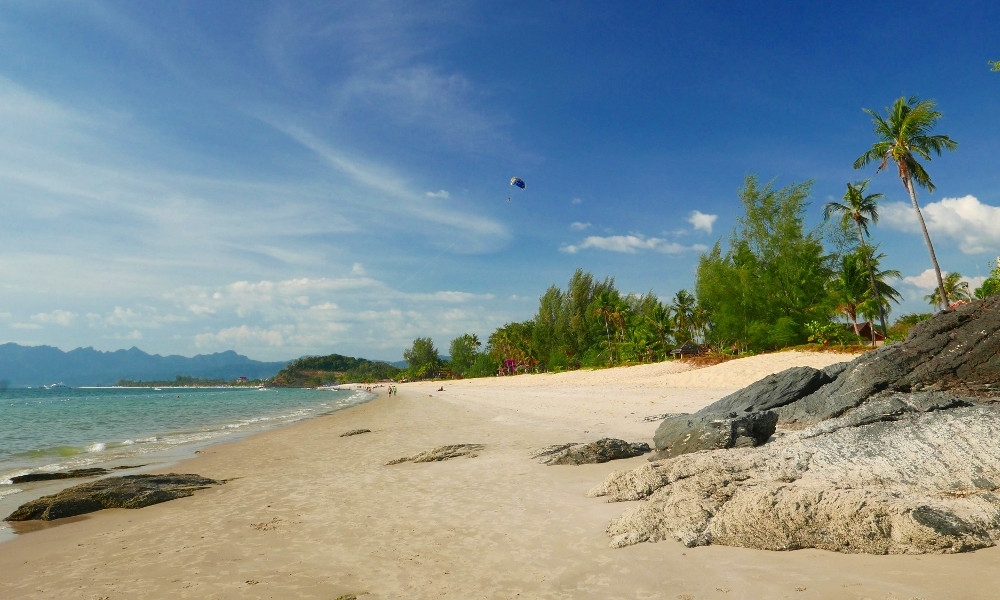
The Scoop: Langkawi
28th June 2023 by Stuart
If you're looking for somewhere as breathtakingly beautiful as Thailand's islands and beaches but without the hordes of travellers and rapidly-increasing commercialism, then the stunningly picturesque Langkawi in Malaysia is definitely your place. Turquoise waters, pristine powdery white-sand beaches, swaying coconut trees, intact jungle-covered hills, pretty paddy fields, refreshing waterfalls, and pleasingly affordable - this place has it all - along with some of the best sunsets...
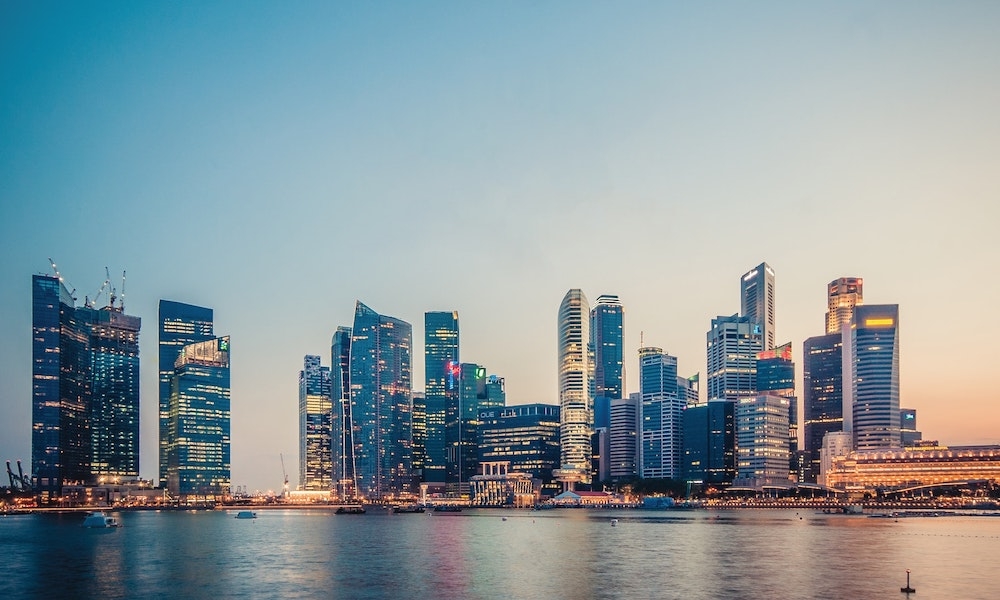
The Scoop: Singapore
28th June 2023 by Stuart
Futuristic, cutting edge, hip and innovative mixed with traditional and multiculturally-infused: its an expansive, complex melting-pot of a city. Expect to see packed-out temples sitting alongside reflective sky-reaching, sci-fi-esque hotels and office blocks resembling gardens in the clouds. And then there's chic and boho shophouses serving all the latest edible and drinkable treats you can imagine, next to vast, maze-like "food malls" with tiny booths serving restaurant-worthy, shockingly...
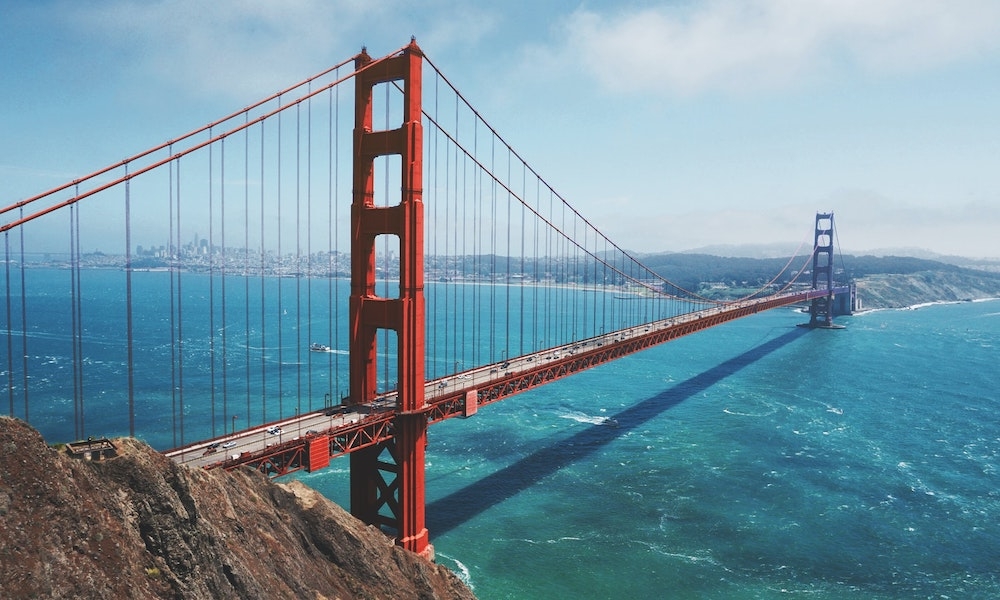
The Scoop: San Francisco
28th June 2023 by Stuart
...you’ll leave your heart in San Francisco! A vibrant, hilly city in Northern California, surrounded by the Pacific Ocean and San Francisco Bay, best known for its year-round fog and cable cars. Forward-thinking and ultra-modern in outlook, bohemian and old-fashioned in style, with so many things to see and do we dare you not to fall insanely in love with this eclectic city! Languages Spoken English (main language). San Francisco is a culturally diverse city with many...
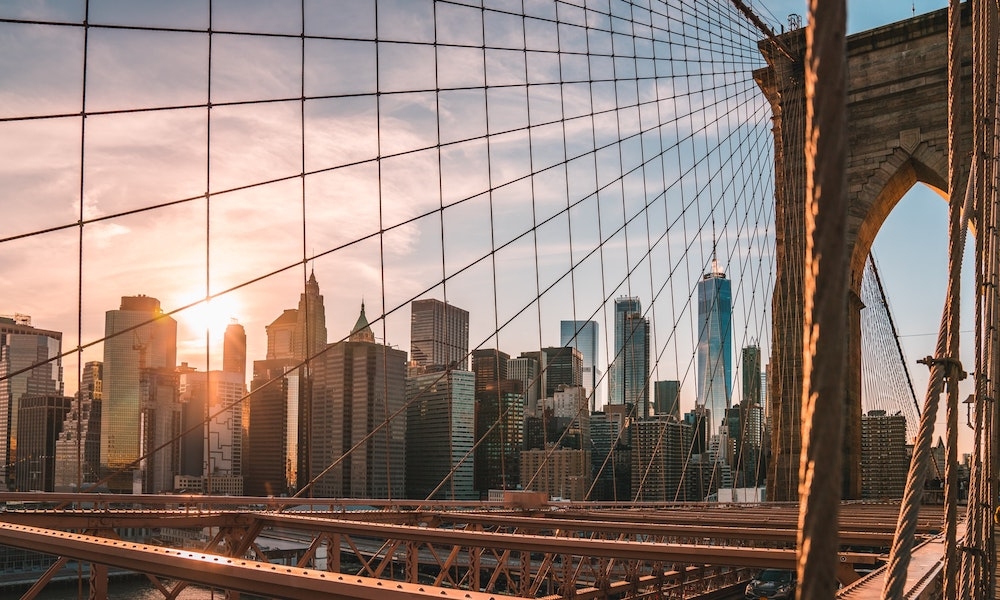
The Scoop: New York
28th June 2023 by Stuart
Loud, glitzy, sprawling and relentlessly busy, New York is the ultimate megalopolis...the city of cities that never sleeps! Made up of five boroughs, of these Manhattan conjures up the primary iconic images most people think of. Situated where the Hudson River meets the Atlantic, with so much to see and do you’d be hard-pushed not to be wowed. But a word of warning… you may feel like you need a relaxing holiday when you get back! Languages spoken English: Phrases to...
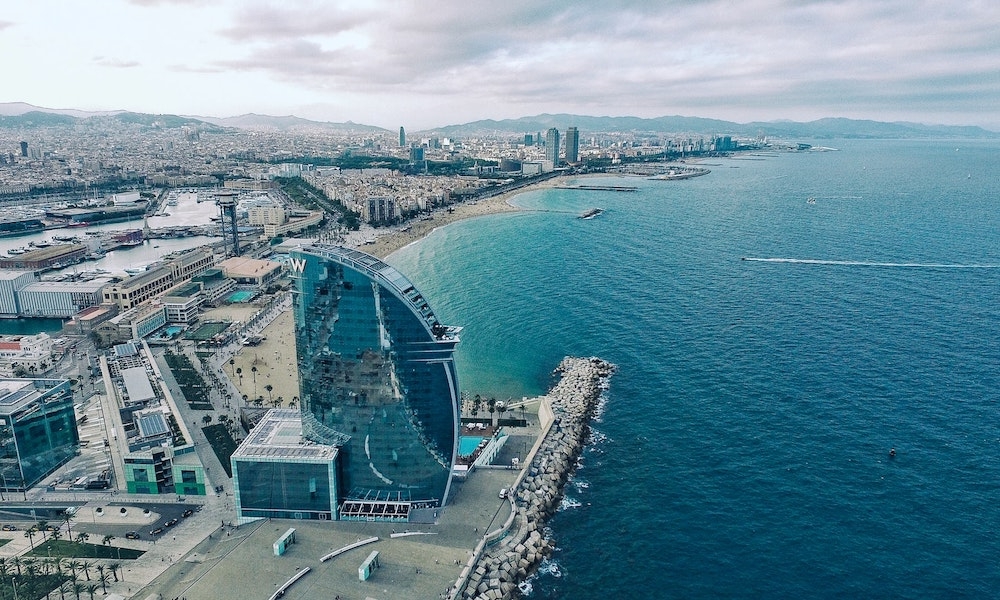
The Scoop: Barcelona
28th June 2023 by Stuart
...such a beautiful horizon! With its unique city-meets-beach vibe, it’s hard not to fall for the youthful energy and immersive culture of this cosmopolitan capital of Catalonia. Situated on Spain’s North East Mediterranean coast, the city basks in warm sunshine for much of the year with peak averages between 26 - 30°C in August and September. Rarely even dipping below around 14 - 18°C in winter, it’s easy to understand Barcelona’s attraction. Languages...
